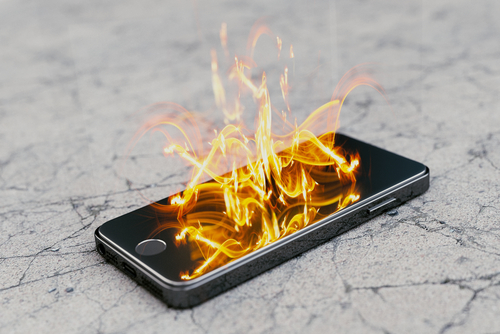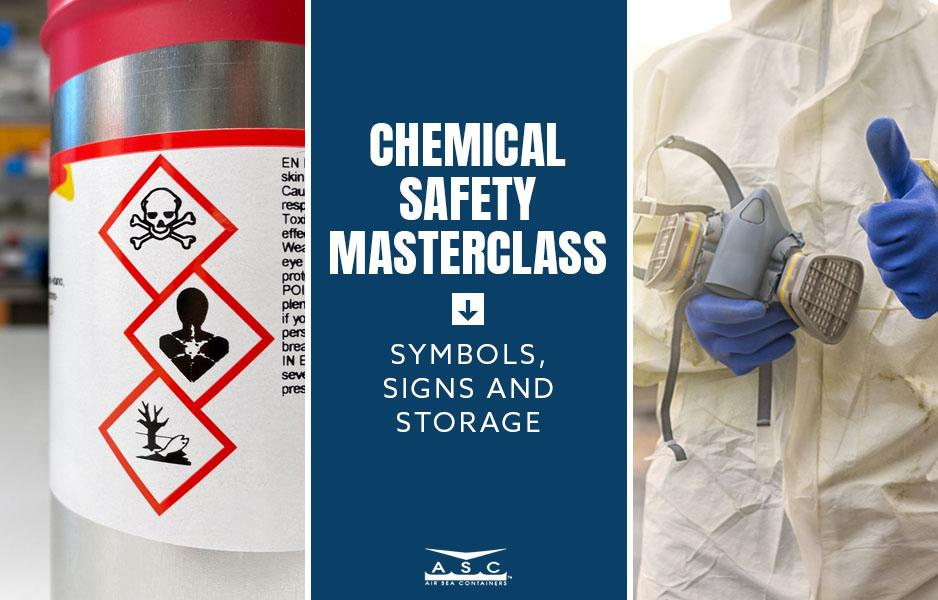 Lithium batteries are one of the most popular energy sources for a variety of electronic devices. They power mobile phones, toys, computers, electric readers, and more.
Lithium batteries are one of the most popular energy sources for a variety of electronic devices. They power mobile phones, toys, computers, electric readers, and more.Lithium batteries have special shipping requirements, as they are considered dangerous and pose a potential fire or explosive risk in certain circumstances.
Our lithium battery kit contains all the packaging and labeling material necessary so you remain in compliance with the applicable transport regulations for whatever carrier you use.
How Do Lithium Batteries Work?
Batteries consist of five parts: an anode, cathode, separator, electrolyte, and two current collectors (positive and negative). In a lithium battery, the anode and the cathode store the lithium. The electrolyte carries positively charged lithium ions from the anode to the cathode and vice versa, using the separator.
The moving ions create a positive charge at the current collector, which flows to the electronic device providing power, and then flows back to the negative current collector.
When you recharge the battery, lithium ions are released by the cathode and restored to the anode.
Why Are Lithium Batteries So Popular?
Lithium batteries provide several advantages over lead-acid and nickel-based batteries. Lithium-ion cells hold twice as much energy as nickel-based and four times as much energy as lead-acid batteries.
Lithium batteries require very little maintenance compared to other types. There is no leakage like there is with lead-acid (such as your car battery). Lithium also does not lose its charge while not in use as other batteries often do. Lithium only loses about 5 percent of its charge per month, whereas a nickel battery loses about 20 percent.
Battery manufacturers used to recommend you completely discharge your battery occasionally. Otherwise it forms a “memory” and won’t hold a full charge. With lithium, there is no memory problem, so completely discharging them is not required.
Finally, lithium is much more environmentally friendly than other types of batteries.
What Are the Safety Hazards Associated with Lithium Batteries?

Over the past couple of years, lithium batteries received some bad press for spontaneously exploding when used in hoverboards, mobile phones, and laptops, and while being shipped or used on airplanes. The batteries have a small but measurable possibility of overheating and self-igniting, which is why they are so heavily regulated when being shipped.
A battery’s charge life relates to the density of the cells. Packing the cells together in a lithium battery increases the charge life, but also increases the possibility of a small particle causing a short, overheating the battery and resulting in a fire.
In November 2017, airlines announced that smart bags, which allow you to charge your cell phones or laptops and track your bag, are banned from use on airplanes unless the battery is removed.
Are There Any Other Problems with Lithium Batteries?
In addition to the safety issues, lithium batteries require a mini-computer to manage the charge and discharges. This makes them more expensive than standard batteries. They also degrade much faster than typical batteries and last, on average, about three years.
What Are the Shipping Requirements for Lithium Batteries?
The rules and regulations for shipping lithium batteries are complicated. International regulations are not in sync with U.S. domestic rules.
Our lithium battery kits have everything you need to meet all domestic and international requirements, including UN rated materials, so you can rest assured you are in complete compliance.
Shipping Kit Contents
There is an outer double-wall box, UN Rated 4G/Y6.3, with an 8”x11 ½” plastic bubble bag, poly bag with a zip tie, UN/Y1.4-rated steel drum, and a packet of the required labels.
How to Pack the Battery
The battery must be placed inside the poly bag, cushioned with the plastic bubble bag and sealed airtight.
Place the poly bag inside the pail. Use cushioning material to fill in any extra space around the bag.
Assemble the box and apply 2” plastic adhesive tape along the seams at the bottom. Make sure the arrows on the box point in the correct direction and you don’t accidentally seal the top.
Place the pail in the box, and fill in space around the bag with paper, packing peanuts, or vermiculite.
Ensure the space inside the pail and the box have cushioning material to fill any extra space. Filling the space is a shipping requirement!
Place the lithium battery labels, Class 9 label, and cargo aircraft only Label (if appropriate) on the sides of the box, then seal the top with 2” plastic adhesive tape.
Weigh the box. The gross weight cannot exceed 6.3 kilograms.










